Combining pendant and recessed lights to light a dining table
Octus99517
13 years ago
Related Stories
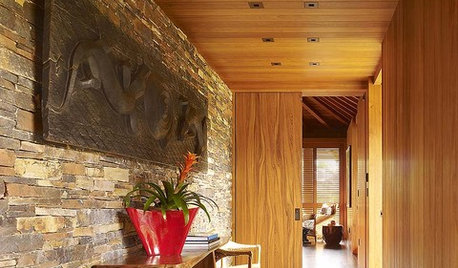
LIGHTINGRecessed Lighting 101
Looking to brighten a drab, dim space? Recessed lighting may be your answer. Here's what you need to know
Full Story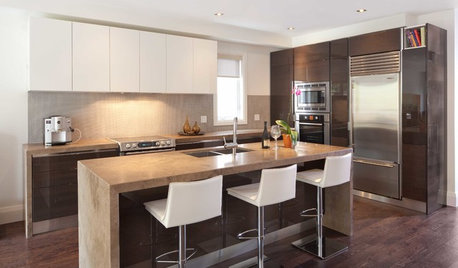
LIGHTINGGet Your Home's Recessed Lighting Right
Learn the formula for how much light a room needs plus how to space downlights, use dimmers and more
Full Story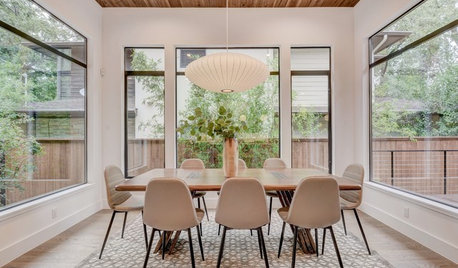
REMODELING GUIDESHow to Get Your Pendant Light Right
Find out where to place a hanging light and how high it should be
Full Story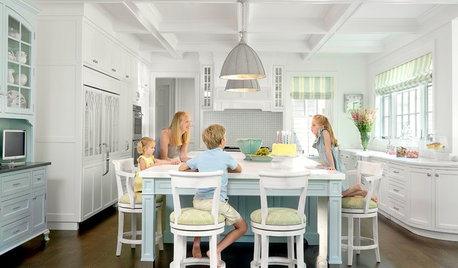
LIGHTINGSource List: 20 Pendants That Illuminate the Kitchen Island
See the ceiling lighting fixtures that are popular on Houzz and find out where to get them
Full Story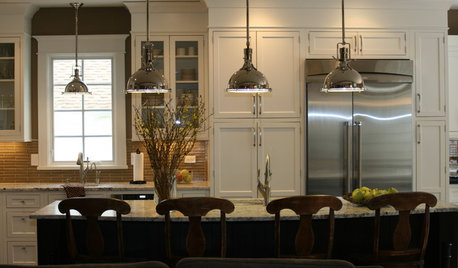
KITCHEN DESIGNKitchen Islands: Pendant Lights Done Right
How many, how big, and how high? Tips for choosing kitchen pendant lights
Full Story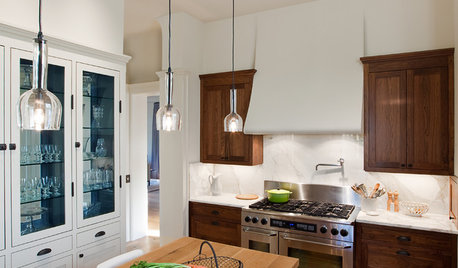
KITCHEN DESIGNPick the Right Pendant for Your Kitchen Island
Don't settle for bland builder-grade pendant lights when you can have your pick of colors and kinds to match your kitchen's style
Full Story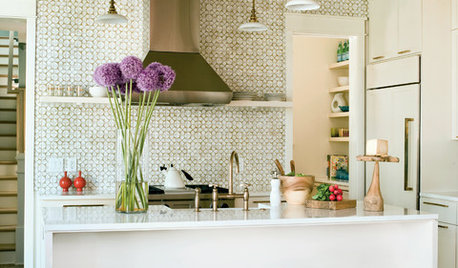
LIGHTINGPendant Lighting 101
With a full spectrum of shades, styles and colors, pendant lights wrap practical function in a pretty package
Full Story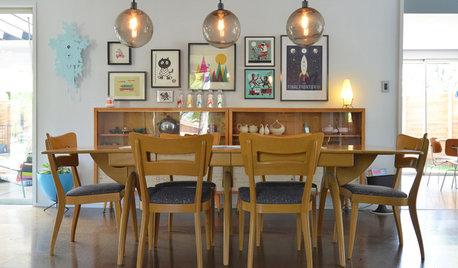
LIGHTINGPersonal Spaces: Homeowners Work Their Pendant Lights
See how all kinds of rooms are getting a lift from hanging lights, both budget-friendly and glam
Full Story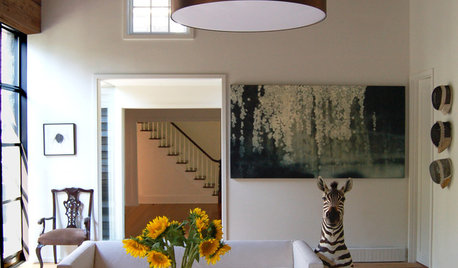
REMODELING GUIDES9 Ways to Love Drum Pendants
Hanging Drum Lights are Stylish Alternatives for Table, Floor, Hall and Ceiling
Full Story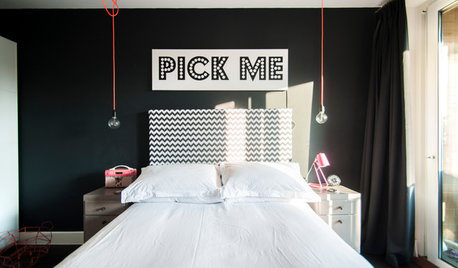
LIGHTINGChange Up Your Bedroom’s Look With Pendant Lamps
When table lamps seem snoozy or you want to save space, bedside pendant lights are a bright idea
Full StorySponsored
Custom Craftsmanship & Construction Solutions in Franklin County
More Discussions






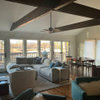
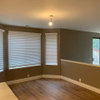
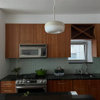
DavidR
ResourcefulDesigner
Related Professionals
Venice Lighting · Franklin Furniture & Accessories · Genova Furniture & Accessories · Kansas City Furniture & Accessories · Silver Spring Furniture & Accessories · Caledonia Interior Designers & Decorators · Glenbrook Interior Designers & Decorators · Shorewood Interior Designers & Decorators · Atlantic City Decks, Patios & Outdoor Enclosures · Baltimore Decks, Patios & Outdoor Enclosures · Clemmons Decks, Patios & Outdoor Enclosures · Frisco Decks, Patios & Outdoor Enclosures · Monroe Decks, Patios & Outdoor Enclosures · Myrtle Beach Decks, Patios & Outdoor Enclosures · Sun Lakes Decks, Patios & Outdoor EnclosuresDavidR
Lake_Girl
DavidR